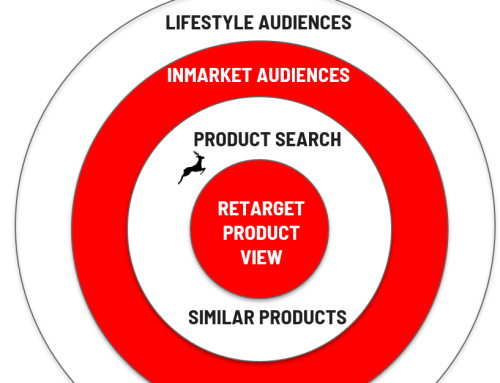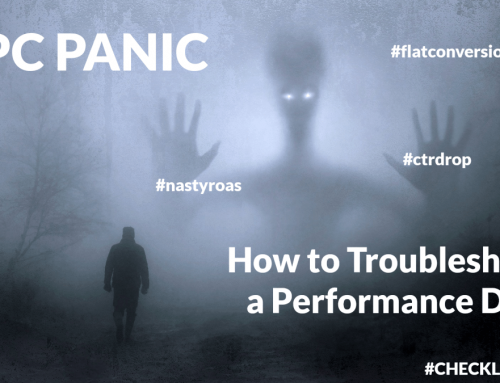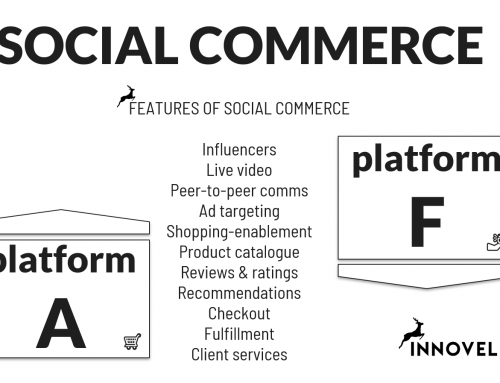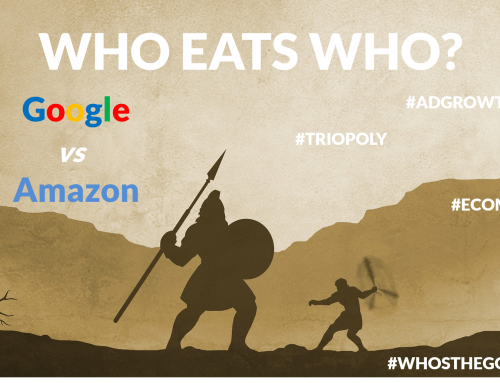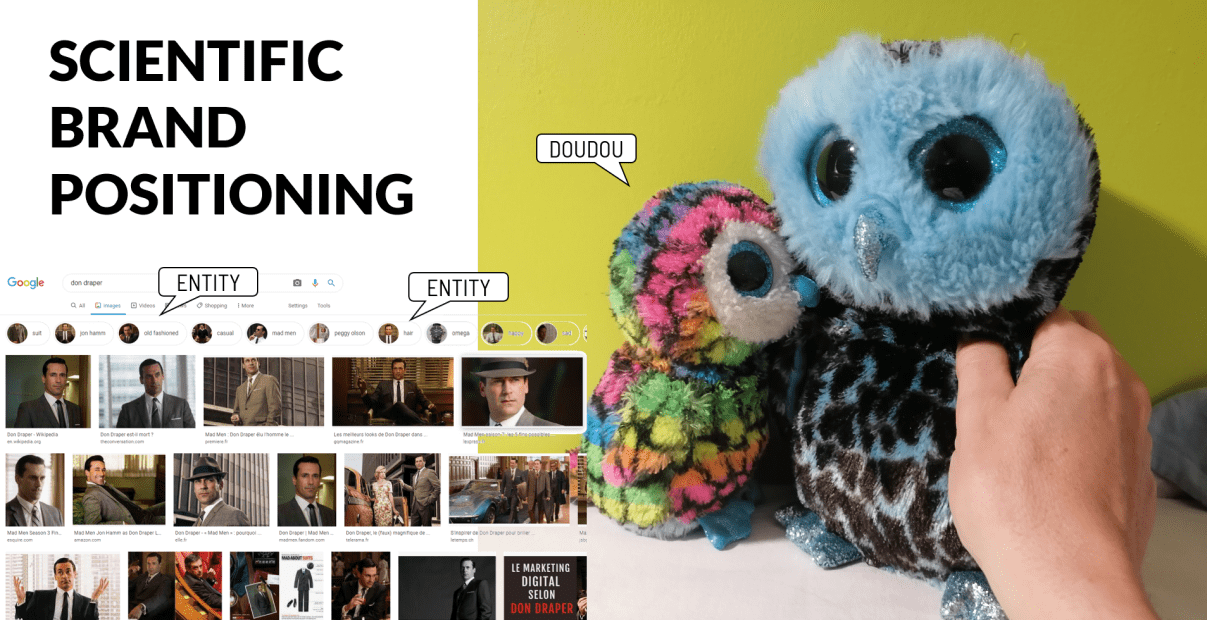
“Branding is not about creativity, Don! It is all about the data!”.
Being a father of four, I discovered myself a certain creative talent for inventing doudou stories on the fly. A doudou is a teddy bear in French and some of my youngest sons favourite teddies are owls with large shiny eyes. So, as a person I may have creative qualities, but as a child of the digital age and a marketer, any professional advice I give is typically built on data or at the very least datamodels.
It is only natural that brand positioning in the 2020’ies should be a process of optimization, rather than one of creativity.
As my good friend and digital visionary Igor Beuker puts it: “the future is for Math Men not for Mad Men“, referencing the awesome TV series about Madison Avenue, the craddle of advertising.
Brand SERPs
The idea behing the term of scientific brand positioning, emerged as a funny way to describe the experience I had building my brand SERPs and in discussions with the “Brand Serp guy”, Jason Barnard. SERP is the abbreviation of search engine results page and brand SERPs are the results pages that appear when you type in your company name or your personal name. In my case “Anders Hjorth” for my personal brand on one hand, and “Innovell” for my company brand on the other.
Ranking on my name was actually one of the first things I succeeded in SEO when I first started working with it around 1997. At the time, the major search engine was Altavista, and the trick to ranking was keyword density; the number of times your keyword occured divided with the total number of words in a page. Making a personal page describing who I am in 4 different languages did the trick back then. Of course, today the target is no longer Altavista but Google search results, and repetition is no longer the trick.
For Innovell, the brand SERP is not well controlled. The Kalicube Pro SaaS platform which Jason Barnard built focuses on just that. It monitors how much control I have of that page, which isn’t much at this stage – another site is ranking in first position, I get a grade C for securing the second position.
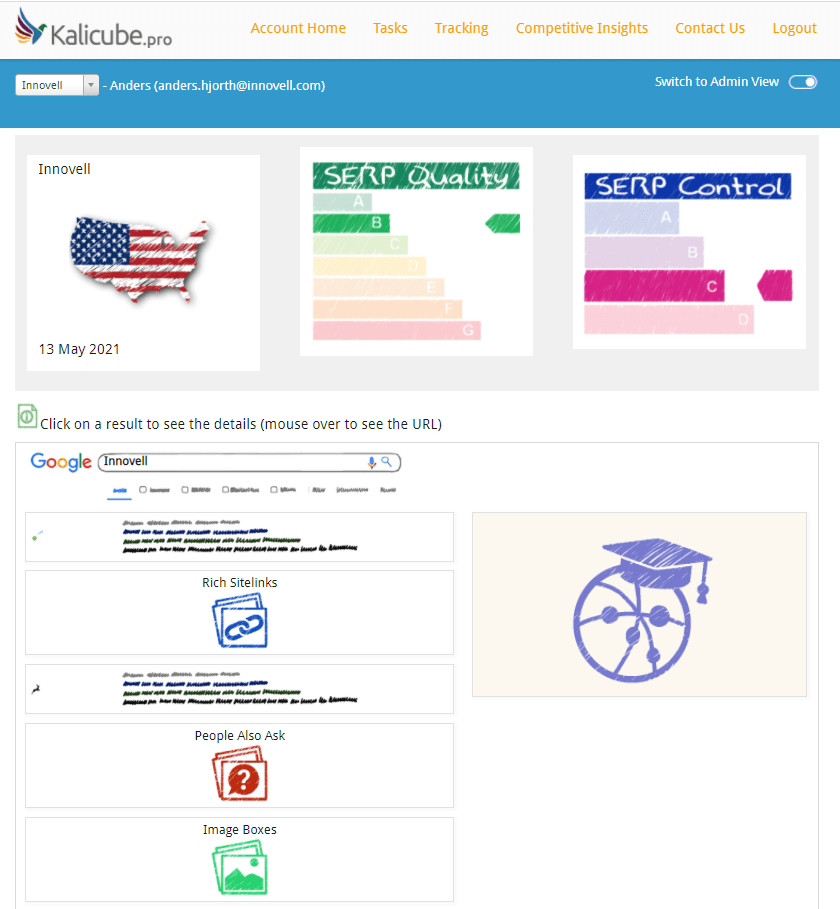 Most people understand that backlinks; links from other pages pointing to yours, are important to rank in a high position. And they are. But. That’s not all. There is a broader aspect of authority and popularity in relation with the links, and sometimes without the links, which we will come back to.
Most people understand that backlinks; links from other pages pointing to yours, are important to rank in a high position. And they are. But. That’s not all. There is a broader aspect of authority and popularity in relation with the links, and sometimes without the links, which we will come back to.
What is a brand?
Controlling a brand SERP is an exercice of positioning your brand. But what is a brand, really?
It started with cattle and cowboys. Cattle was branded with the initials of their owner. Today, knowing which cow belongs to whom would probably be better solved with NFC chips and blockchain applications, but at the time, the visual and persistent mark was of outmost importance.
The notion of brand was carried into the industrial era and became increasingly important in retail for products to stand out. They became the carrier of identity and the connection manufacturers could create between advertising and product sales. And this is still the case today both offline and online. A stronger brand typically drives higher conversion rates when a user is looking for a product.
Today, it is often considered that your brand is your reputation. Your brand is what it represents to the general public. Jeff Bezos is famous for having said that “your reputation is what people say about you when you are not in the room”. Accepting that idea, would make it sensible to let Google’s results page be the mirror of that reputation.
What is brand positioning
Brands are an incredibly value intangible asset. The notion of branding carries a veil of mystery. Building brands is about values, about emotional cues and associations. The exercice of building and positioning brands is done incrementally by some. When a company sells a product or a service, its reputation increases. It becomes more famous. It becomes the brand.
Others build brands for specific purposes. They analyze their target audience and position the values, the imagery, the message it conveys. There is employer branding, product branding, personal branding. For most businesses, it remains an area for Mad Men to analyze and define.
Scientific brand positioning
But here comes the digital age, and if you accept the notion of the Brand SERP, then you can enter the univers of semantic analysis. Find brand attributes through entity searches, improve your positioning by aligning with the collective mindset. It may sound a bit wild, but Kalicube has made it very concete with its technical platform.
I have had the priviledge of being invited to try it out. The process is fairly simple – well, with the help of Jason and his team at least. You define an anchor point for your brand, work on an ideal description, provide some fundamental facts and the platform then builds something called schema markup to insert into your anchor page. Once that is done, you go through all the places on the internet which influence your brand and try to make them more homogeneous so they can convey and reinforce your brand positioning.
The most fascinating stage in the process is when you submit your description to Google’s natural language processing interface to see what the machine understood.
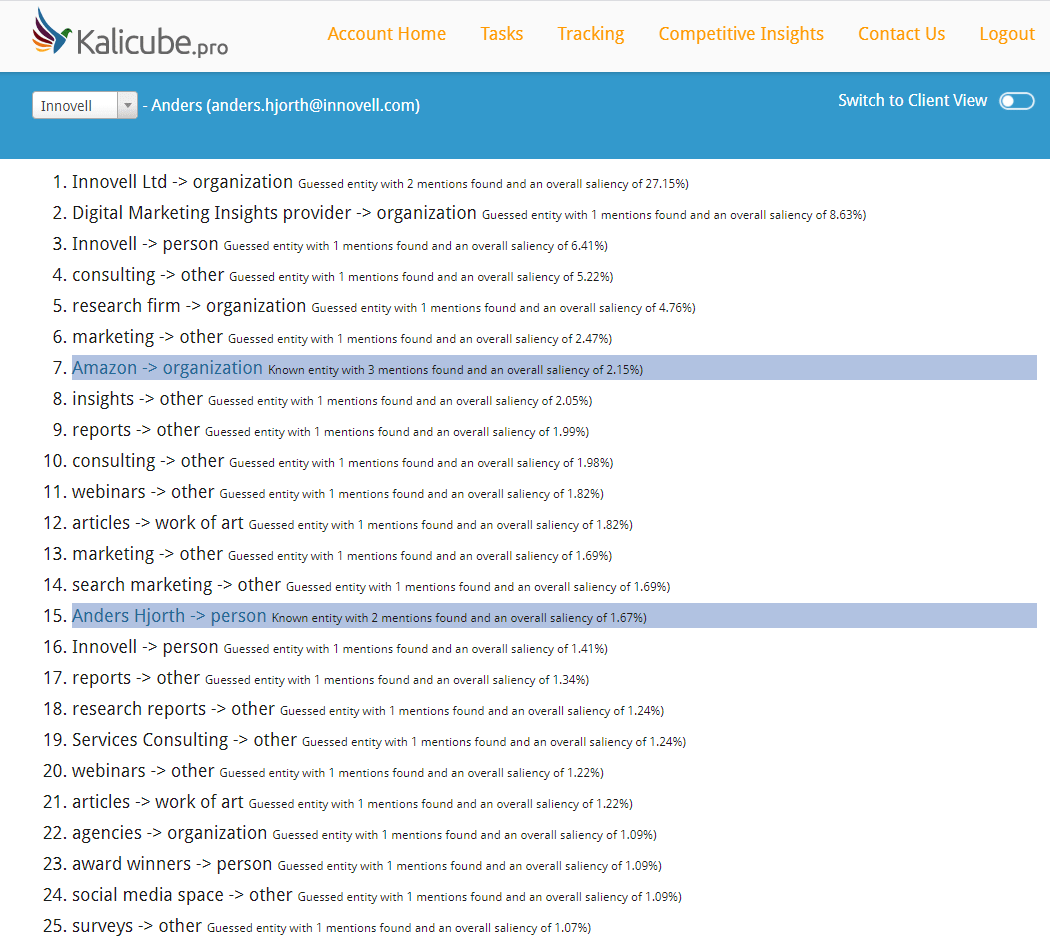 You can rewrite and resubmit this description to perfect it. You are tweaking your brand positioining in the process. Something I didn’t imagine would be even possible. Even small changes can radically change Google’s interpretation or shall we say understanding of your brand. In my case, “Innovell” was understood as a person until I added Ltd to the name in the subtitle which made Google understand that it is a company. This in turn made my entire brand positioning more intelligeble for the platform. I am tweaking my brand.
You can rewrite and resubmit this description to perfect it. You are tweaking your brand positioining in the process. Something I didn’t imagine would be even possible. Even small changes can radically change Google’s interpretation or shall we say understanding of your brand. In my case, “Innovell” was understood as a person until I added Ltd to the name in the subtitle which made Google understand that it is a company. This in turn made my entire brand positioning more intelligeble for the platform. I am tweaking my brand.
Once you feel your description is final, the platform helps you use the same wording across the most significant places in which your brand is mentioned. The effect of this is more control of your brand, more consistency in the way it is presented and more chances of being put in knowledge panels, of tying all the different information about it together so that users get a clearer picture of your brand.
Yes, you can tweak your brand
I have worked more or less seriously on my personal brand for the more than 20 years that I have worked in digital marketing. I became aware of it when I first started presenting on conferences, which was in reality something I did with the intention of making my former company more visible.
From a brand positioning perspective, conferences are interesting in that they promote you to promote themselves. They try to make your profile as attractive as possible. I gave extra care to provide a good “bio” and a high quality photo.
What I have discovered with the systematic approach to optimizing brand profiles is that you can actually both influence and take control of your personal brand and your company brand. I probably already knew this intuitively, but I didn’t know where to start and what was the most important things to do to achieve this.
For my company profile, this helped me redisover Crunchbase which is probably quite important for company profiles. For my personal profile, I found I had an author profile referencing some of my articles on Muckbase which I could update and use to my advantage.
The work you do when you tweak your brand SERP is very far apart from brand positioning exercices companies did in the past. It will be interesting to see where and how those two worlds meet and overlap. The creative and inductive approach from branding experts, and the data-driven and semantically based approach from a brand SERP guy like Jason.
Brand optimization is a case of high marginal benefits
It can sometimes feel pointless to build a brand. The return on your investment always seems so far away. I usually say that any real value you get out of speaking at a conference appears three years after. I haven’t even bothered working on building the Innovell brand outside of our digital marketing insights reports. However, as for anything that can be optimized, when you actually make some investment in a brand, it would be silly to not optimize the outcome of that investment with tweaking and optimizing once’s wording and all the places in which it is being shared. Perhaps this is where scientific brand positioning fills a gap.
I am hoping the work I do on this will help my brand win a “knowledge panel” on the right side of SERP and become ten times more visible on Google when people search for it. Wish me luck!
Thanks to Jason Barnard for providing an access to his Kalicube.pro platform and assisting on tweaking my personal brand as well as that of Innovell.


